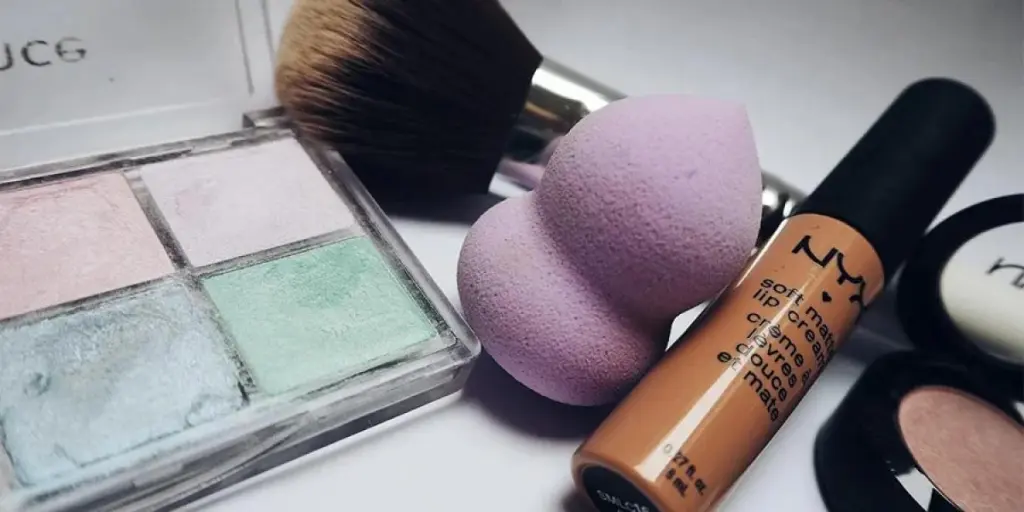As the South and Southeast Asia region continues to grow economically, it’s also transforming in terms of consumer priorities. To help businesses better understand this rapidly growing market, this blog post will explore the top beauty trends in India, Thailand, the Philippines, and Vietnam.
Table of Contents
South and Southeast Asia: an overview of the beauty market
India
Thailand
Philippines
Vietnam
It’s all about culture
South and Southeast Asia: an overview of the beauty market
The rising middle class and an increase in disposable income have led to a surge in demand for premium beauty products from consumers across all age groups. This coupled with the increasing awareness of health issues has resulted in high product penetration among consumers in South and Southeast Asia.
The region is home to a youthful cohort of eager spenders who are driving growth in the beauty, health, and personal segments. The region’s beauty market is valued at US$ 18.5 billion with an annual CAGR rate of 16% from 2022 through 20256. The beauty and personal care industry in India alone is worth US$ 25.421.1 billion as of 2022, representing significant opportunities for businesses and brands interested in entering this market.
India
In an increasingly globalized beauty market, India represents a uniquely attractive consumer base. Home to a young, culturally diverse market, consumers’ beauty habits in India are driven by five core motivations.
A focus on skin health
In India, awareness of the need to maintain healthy skin is growing among young consumers. They’re more conscious about what they put on their bodies than ever before. Increasingly, consumers are looking for effective skincare solutions that feature post-natural ingredients that won’t irritate sensitive skin and help preserve its youthful glow. Moisturizing serums are a good example of how antioxidants and peptides can replenish, protect, and soothe the skin.
Anti-perfectionism
The beauty industry has long been dominated by Western ideals of beauty; skin that is porcelain white and hair with perfect ringlets. Indian consumers, especially women, are now rejecting these unrealistic beauty standards and seeking out products like organic anti-acne creams that help them cope with their skin conditions and flaws instead of attempting to hide them.
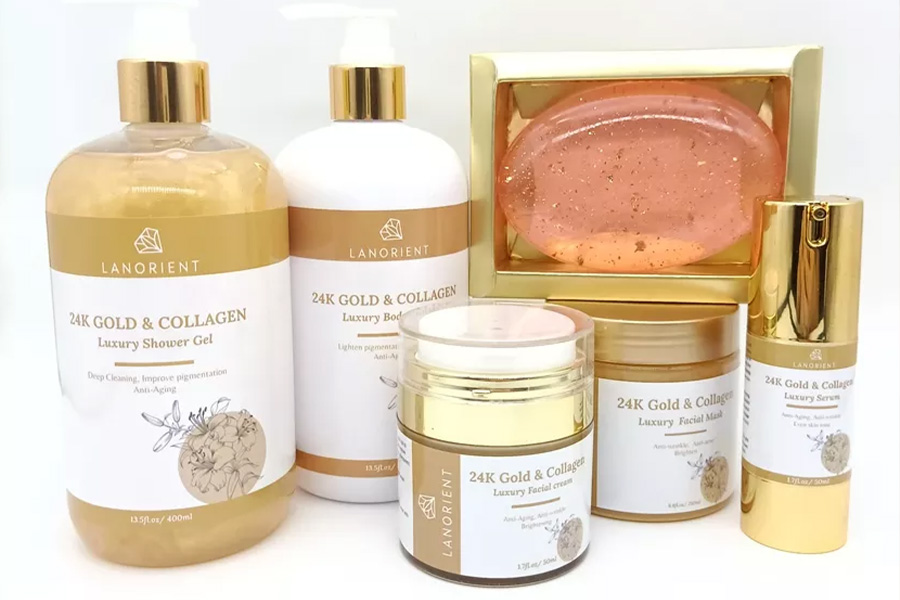
Feminine care boom
The empowerment of women and increased awareness about sexual health and hygiene have boosted demand for feminine care products that address issues such as vaginal dryness or incontinence. A good example is the reusable menstrual cup, which can be used by women during their periods instead of disposable pads or tampons.
Beard culture
Beards have become increasingly common among Indian men, who see facial hair as a way to express masculinity. Beards are also seen as a sign of virility and good health. This beard culture will cause an increase in the demand for jojoba oils, which help prevent dryness and keep bears soft and shiny. Beard waxes are also sought by many Indian men as they can help shape and tame the beard.
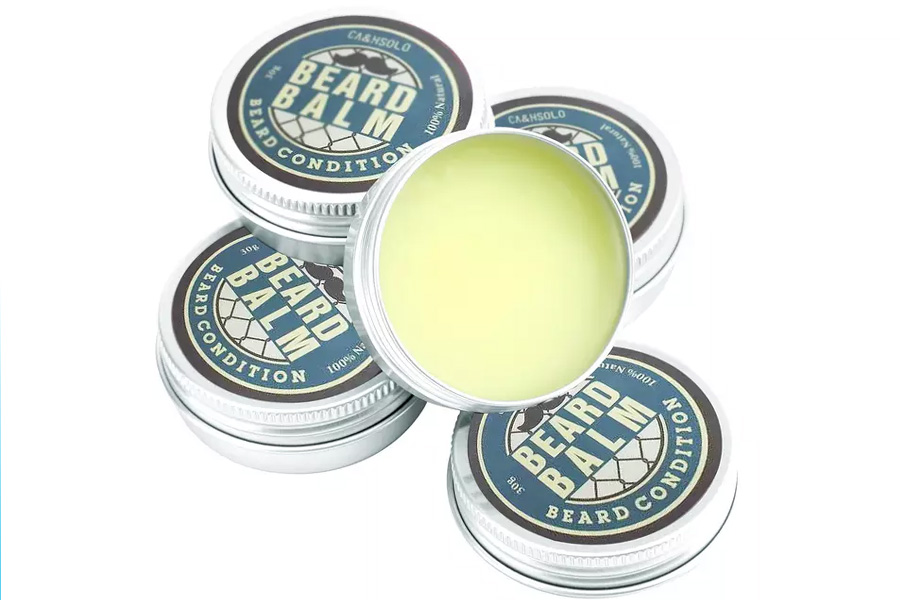
Ayurvedic staples
In recent years, Indian consumers have started to look for products that incorporate ayurvedic ingredients into their beauty routines. One example product on the market is the detox face mask, which uses mango-ginger, Indian gooseberry, and red clay to create a nourishing and exfoliating mask and mud bath. Another interesting product is the fenugreek body oil, which is designed to soothe the skin while also having anti-inflammatory effects.
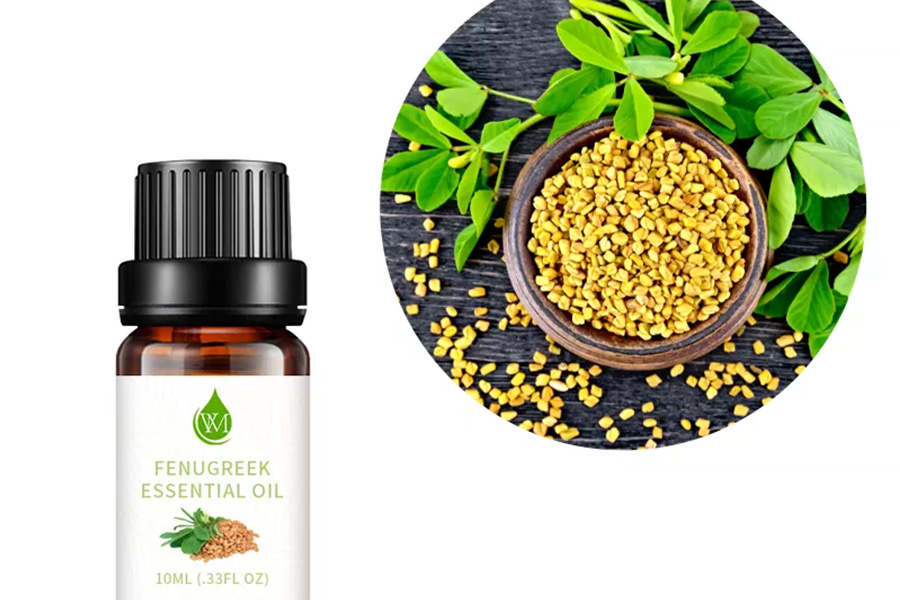
Thailand
Thailand is a key destination for the beauty industry, with consumers gravitating toward cosmeceuticals formulated with clean, natural, and herbal ingredients. Here are four key insights from the country’s beauty market.
Scalp care
Thai consumers are particularly concerned about hair loss and scalp issues such as inflammation, itchiness, and dryness. While some women may choose to get wigs or extensions, most prefer to use scalp masks to prevent hair loss and keep their manes in good shape. There is also an upsurge in the adoption of electrical hair massager brushes, which use radio-frequency (RF) and laser technology to help stimulate blood circulation and combat dryness and dandruff.
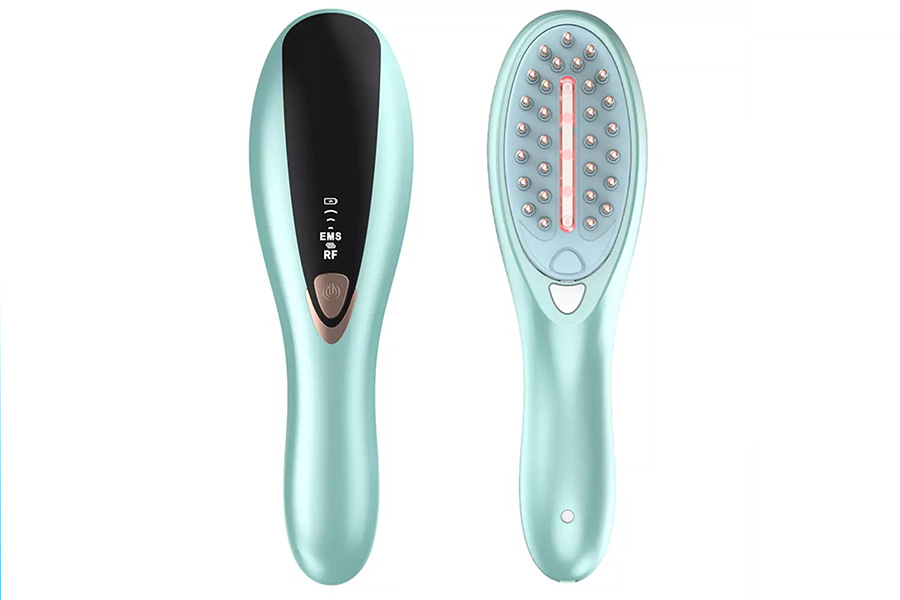
Tran-specific formulas
As the Thai trans community grows, so will the demand for products that address skin dehydration and hair loss associated with hormone replacement therapies. The most relevant example of this trend is Brrylee, a water toner of rose petals that can help trans women to restore moisture and balance the skin’s pH levels.
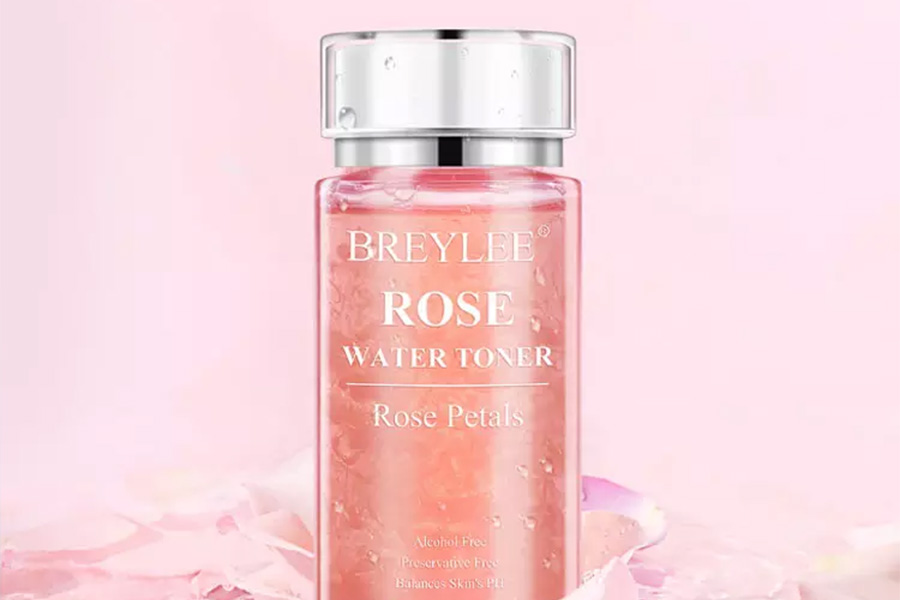
Reflection of culture
Thai consumers want to see their country’s culture reflected in their personal care regimen. This is especially true when it comes to artisanal products like face masks. Thai consumers are interested in purchasing mud masks that contain lemongrass, as the smell of this classic Thai ingredient evokes everything from a fine Thai meal to a bustling market.
Anti-aging
Thailand is one of the most rapidly aging countries in the world with a low fertility rate. This is creating new opportunities for anti-aging brands, such as those selling skincare products, cosmetics, and nutritional supplements. For example, pearl caviar beads help reduce the appearance of fine lines, wrinkles, and dullness. They work by providing the face skin with a long-lasting supply of moisture and nutrition throughout the night.
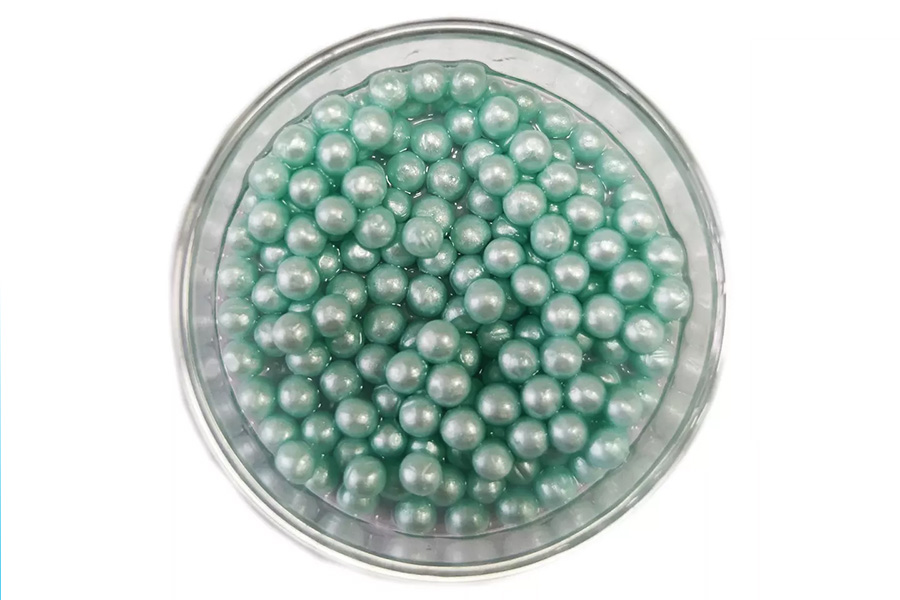
Philippines
Up-and-coming beauty trends in the Philippines will be strongly focused on skin-illuminating products, natural ingredients, and quick and easy make-up application. This section explores the top four beauty trends sweeping across the Philippines.
Skinimalism
Skinimalism is a movement that focuses on the idea of having a natural look with minimum makeup usage. Filipinos will embrace products that are easy to use and quick to apply, as they allow them to express themselves without spending hours in front of their mirrors. This makes the reusable volcanic stones a popular choice for women looking for makeup solutions that can be used on the go. These stones can absorb oil from the face and create clear skin without facial gloss.
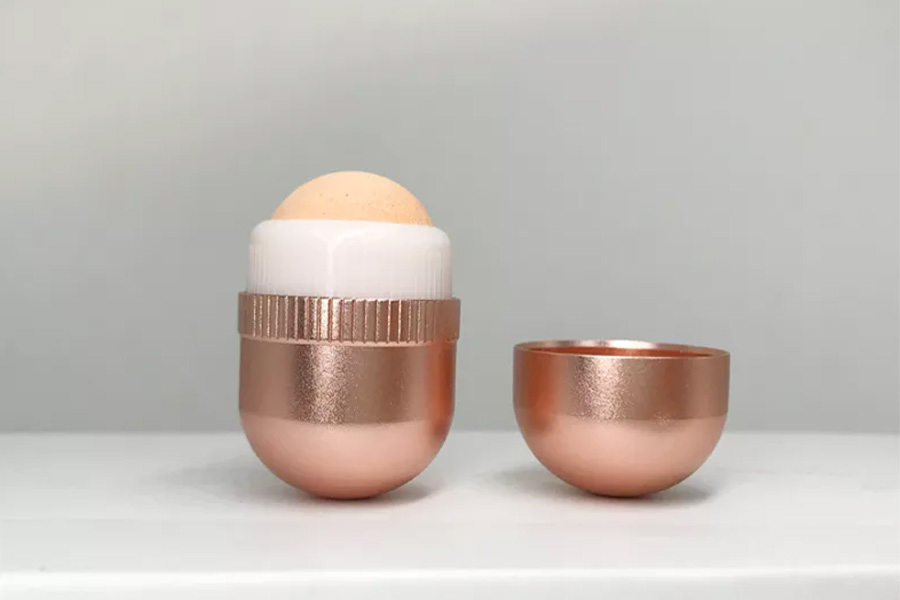
Youth-centric skincare
The Philippines’ thriving youth-centric skincare products market is one of the fastest growing in Asia, with women aged 18 to 24 accounting for the country’s largest consumer base. These products address two common issues for teens and young adults: acne and uneven skin tone. Acne can be combated with electric pore cleaners, which cleanse pores to remove dead skin cells that cause acne and blackheads.
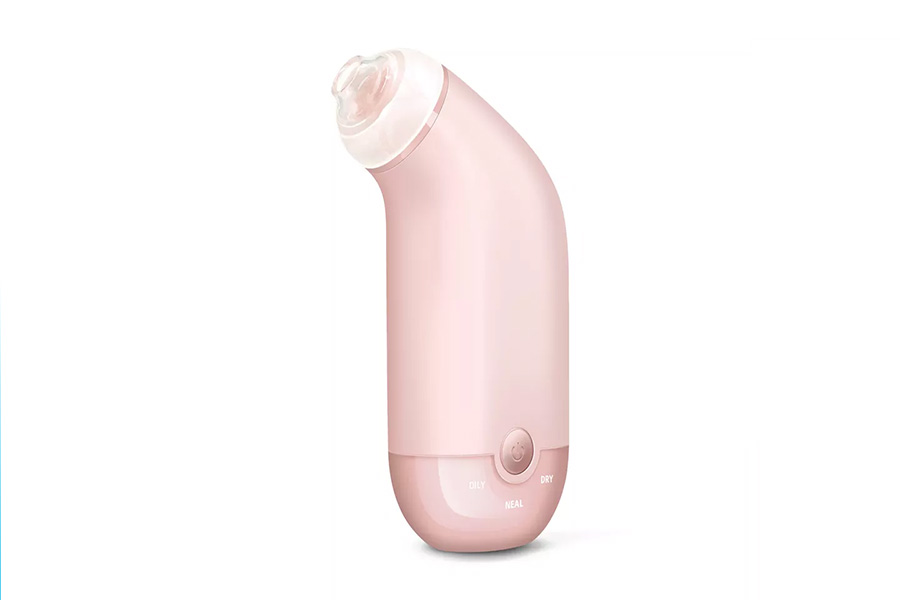
Tanned skin
In the Philippines, there is a growing number of celebrities and beauty bloggers with dark olive skin tones who are helping to redefine what it means and looks like to be beautiful. And they’re helping drive a trend toward more inclusive makeup products, from foundations that match dark skin tones to lipsticks that flatter darker complexions.
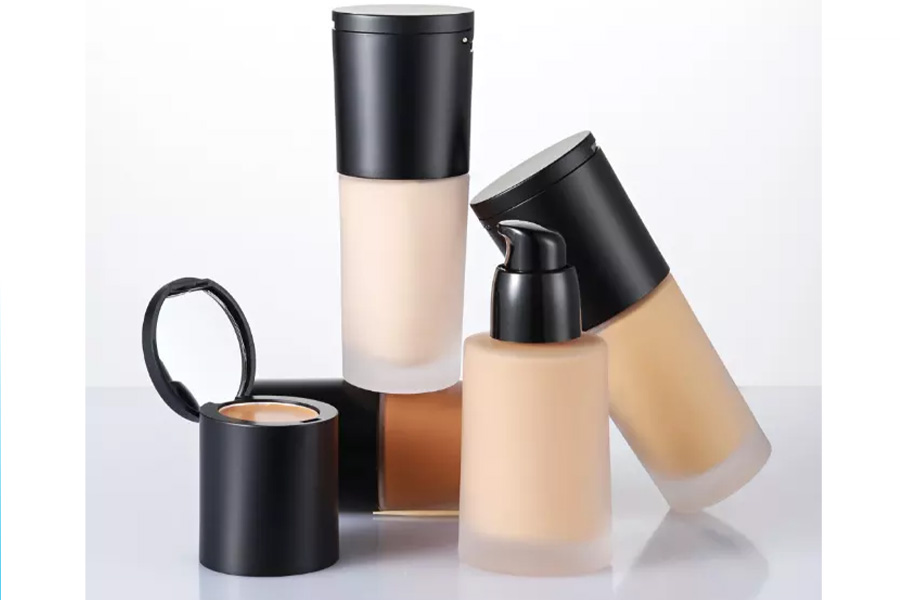
Tropical beauty
The Philippines has a warm climate year-round, so it’s only natural that consumers are looking for beauty products that can keep them cool and refreshed. Consequently, brands should consider adding soothing gels and lotions with hydrating ingredients like aloe vera or hyaluronic acid to their skincare lines. These ingredients are known to be effective at keeping skin soft and fresh while not feeling greasy.
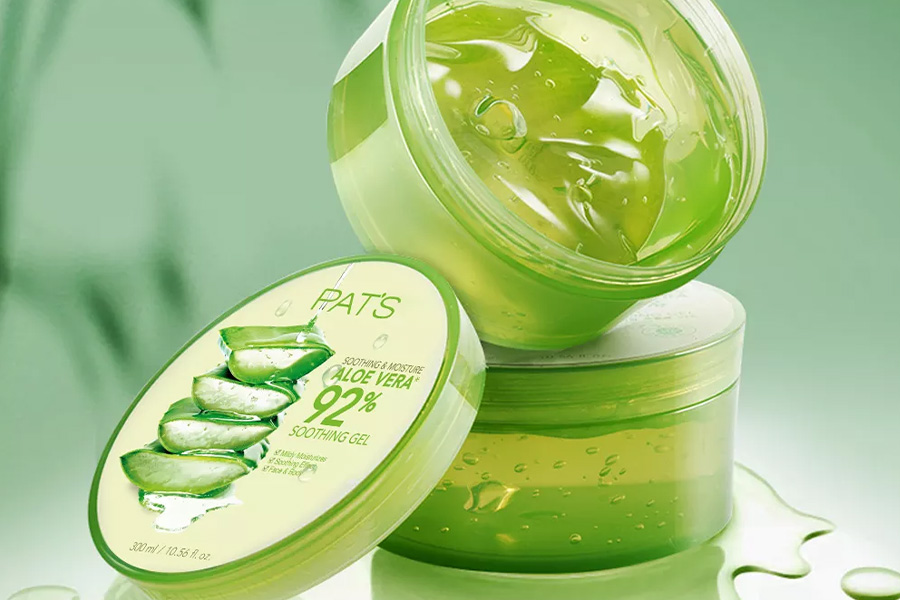
Vietnam
Vietnam’s beauty market is witnessing a move towards a natural and clean beauty culture, and leading the way are young consumers who are eager but calculated spenders in the region. The following are some of the key trends that can help brands gain an edge in this emerging market.
Sương sương skin
The word “sương sương” is a Vietnamese term that means “super light”. This approach to makeup is all about light coverage that looks natural and focuses on the skin’s health, rather than its appearance. For instance, the nourishing serum contains Vitamins A and E, ingredients that are known for their ability to lighten spots, promote metabolism, prevent aging, and make the skin rosy and shiny. This serum also has excellent moisturizing effects that can help to soften dry skins.
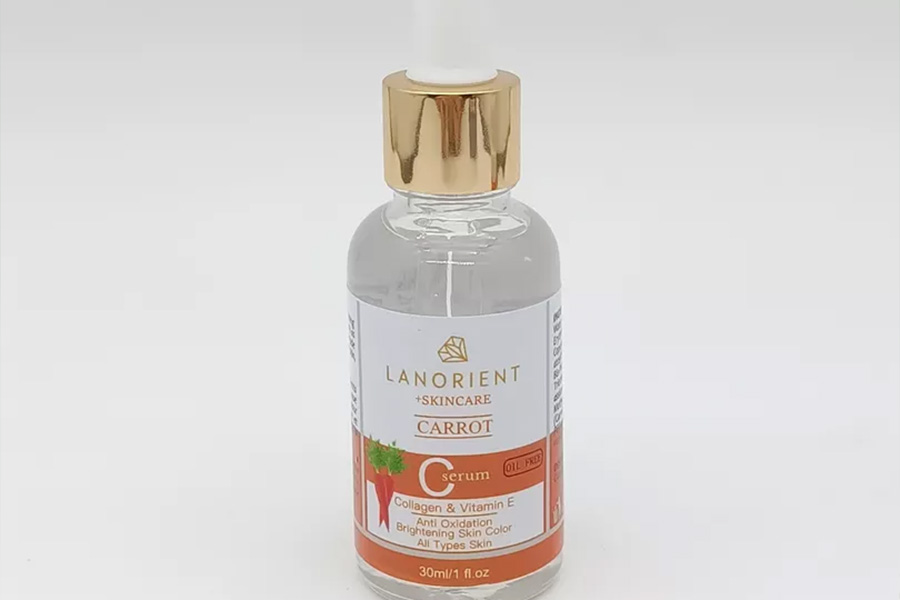
Hair care
In a country where hair is often considered an accessory and a reflection of one’s social status, it’s no surprise that consumers are invested in the health of their hair. One common problem for women is dryness in the ends of their hair, which makes them look frayed and damaged. This offers a great opportunity to promote deep conditioners that keep hair strands healthy and hydrated.
All-natural and organic
In Vietnam, the market is moving away from chemicals and towards more natural beauty ingredients. The rise of social media has contributed to this shift by giving people access to information about products and their effects on the body. As a result, Vietnamese consumers have begun to prefer natural ingredients like coconut oil and honey or milk-based face masks over products containing parabens or phthalates.
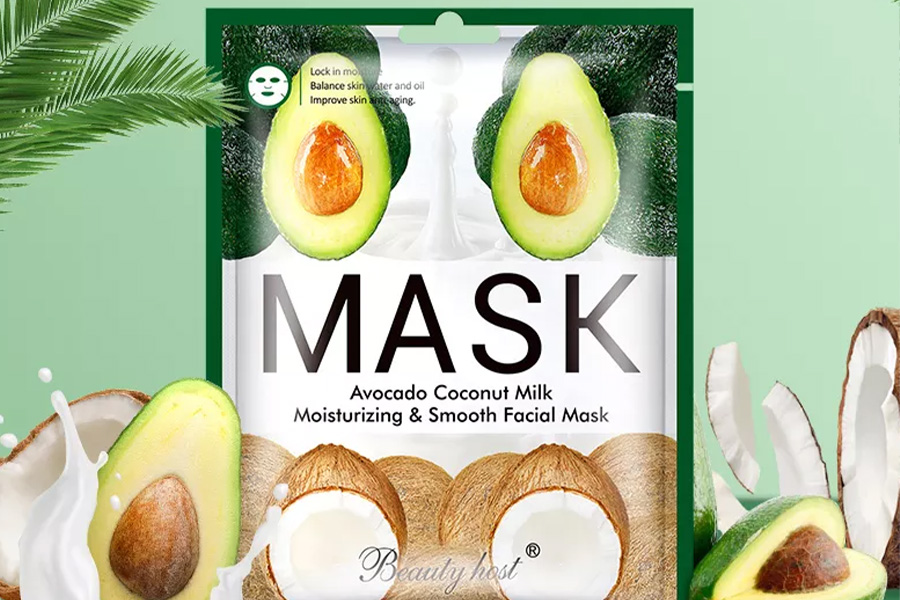
K-wave movement
Vietnamese consumers are influenced by Korean culture, particularly through K-pop music and television shows. As a consequence, women are increasingly turning to whitening products to get the pale skin of their K-pop stars. Lightening skin creams can help achieve a brighter complexion and smoother texture while also helping to reduce dark spots or blemishes.
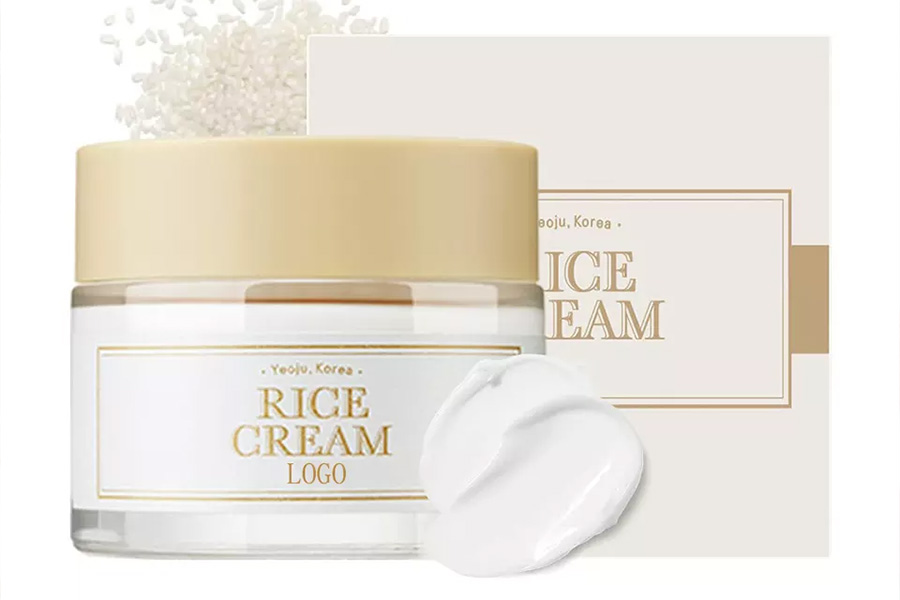
It’s all about culture
Ultimately, beauty trends for South and Southeast Asian countries are driven by each country’s culture and history. By understanding the key priorities of consumers in this region, beauty brands can better tailor their products to local needs. Get started by finding more personal care and beauty products at Alibaba.com.
